“Alpine Musk Deer (Moschus chrysogaster).” ARKive.org: Species > Mammals. Retrieved December 17, 2014.
- Available at: http://www.arkive.org/alpine-musk-deer/moschus-chrysogaster/
“Alpine Musk Deer (Moschus chrysogaster).” iNaturalist.org: Observations > Species. California Academy of Sciences. Retrieved December 17, 2014.
- Available at: http://www.inaturalist.org/taxa/42145-Moschus-chrysogaster
“Alpine Musk Deer Pictures and Facts.” The Website of Everything: Animals > Mammals > Artiodactyla > Moschidae > Moschus. Retrieved December 17, 2014.
- Available at: http://thewebsiteofeverything.com/animals/mammals/Artiodactyla/Moschidae/Moschus/Moschus-chrysogaster.html
Baskin, Leonard. 2003. "Himalayan Musk Deer: Moschus chrysogaster." P. 340 in Grzimek's Animal Life Encyclopeda, 2nd edition. Volume 15, Mammals IV, edited by Michael Hutchins, Devra G. Kleiman, Valerius Geist, and Melissa C. McDade. Farmington Hills, MI: Gale Group.
Bisby, F.A.; Roskov, Y.R.; Orrell, T.M.; Nicolson, D.; Paglinawan, L.E.; Bailly, N.; Kirk, P.M.; Bourgoin, T.; Baillargeon, G.; and Ouvrard, D. (red.). 2011. "Moschus chrysogaster (Hodgson, 1839)." Species 2000 & ITIS Catalogue of Life: 2011 Annual Checklist. Reading, UK. Retrieved December 17, 2014.
- Available at: http://www.catalogueoflife.org/annual-checklist/2011/details/species/id/6903817
Büchner, E. 1891. "Die Säugethiere der Ganssu-Expedition (1884–87)." Mélanges Biologiques Tirés du Bulletin de l’Académie Imperiale des Sciences de St.-Pétersbourg XIII(1):143–164.
Cuvier, Fréderic. 1816 - 1829. Dictionnaire des sciences naturelles: Planches. 2e partie: règne organisé. Zoologie, Mammiféres. Paris: F.G. Levrault.
- Available via Biodiversity Heritage Library at: http://biodiversitylibrary.org/page/24392850
Environment and Development Desk, DIIR, CTA. 21 January 2014. “Musk Deer.” Tibet Nature Environmental Conservation Network. Retrieved December 17, 2014.
- Available at: http://www.tibetnature.net/en/musk-deer/
Ferrebeekeeper. 22 February 2012. “Musk Deer.” WordPress.com. Retrieved December 17, 2014.
- Available at: http://ferrebeekeeper.wordpress.com/2012/02/22/musk-deer/
Finn, Frank. n.d. The Wild Beasts of the World. Illustrated with 100 Reproductions in Full Colours from Drawings by Louis Sargent, Cuthbert E. Swan, and Winifred Austin. Volume Two. London: T.C. & E.C. Jack.
- Available via Biodiversity Heritage Library at: http://biodiversitylibrary.org/page/19080293
Flerov, Konstantin Konstantinovich. 1952. Musk Deer and Deer. Moscow, Russia: Academy of Sciences of the USSR.
Gam, Gabriel. 2002. "Moschus chrysogaster: Alpine Musk Deer (Online)." Animal Diversity Web. University of Michigan Museum of Zoology. Retrieved December 17, 2014.
- Available at: http://animaldiversity.ummz.umich.edu/accounts/Moschus_chrysogaster/
Green M.J.B. 1986. "The Distribution, Status and Conservation of the Himalayan Musk Deer (Moschus chrysogaster)." Biological Conservation 35:347-375.
Green M.J.B. 1987. "Scent-marking in the Himalayan Musk Deer." Journal of Zoology 1:721-737.
Groves, C.P. 2011. "Family Moschidae (Musk-Deer)." In Handbook of the Mammals of the World. Volume 2: Hooved Mammals edited by D.E. Wilson and R.A. Mittermeier. Barcelona, Spain: Lynx Edicions.
Groves, C.P.; and Grubb, P. 1987. "Relationships of Living Deer." Pp. 1-40 in Biology and Management of the Cervidae edited by C. Wemmer. Washington, D.C.: Smithsonian Institution Press.
Groves, C.P.; Yingxiang, W.; and Grubb, P. 1995. "Taxonomy of Musk-Deer, Genus Moschus (Moschidae, Mammalia)." Acta Theriologica Sinica 15(3):181-197.
Grubb, P. 2005. "Artiodactyla." Pp. 637-722 in Mammal Species of the World. A Taxonomic and Geographic Reference (3rd Edition) edited by D.E. Wilson and D.M. Reeder. Baltimore, MD: Johns Hopkins University Press.
Grubb, P. 1982. "The Systematics of Sino-Himalayan Musk Deer (Moschus), with Particular Reference to the Species Described by B.H. Hodgson." Saeugetierkundliche Mitteilungen. 30:127–135.
Hodgson, B.H. 1842. "Notice of the Mammals of Tibet, with Descriptions and Plates of Some New Species." Journal of the Asiatic Society of Bengal 11:275-289.
Israeli, Raphaël. 1988. "China in the Mid Nineteenth Century Visualized by French Consults." Revue française d'histoire d'outre-mer, Vol. 75, Issue 281: 417-447.
- Available via Persee at: http://www.persee.fr/web/revues/home/prescript/article/outre_0300-9513_1988_num_75_281_2703
Joshi, Laxmi Raj. “Moschus chrysogaster (Himalayan Musk Deer).” Forestry Nepal.org: Wildlife biology > High-Altitude Wildlife > Mammals. Retrieved December 17, 2014.
- Available at: http://www.forestrynepal.org/notes/wildlife-biology/high-altitude-wildlife/mammals/himalayan-musk-deer
Liu, Z.X.; and Sheng, H.L. 2002. "Effect of Habitat Fragmentation and Isolation on the Population of Alpine Musk Deer." Russian Journal of Ecology 33:121-124.
Meng, X.; Yang, Q.F.Z.; Xia, L.; Wang, P.; Jiang Y.; Bai, Z.; and Li, G. 2002. "Preliminary Studies on the Activity during Summer, Autumn and Winter Season in Captive Alpine Musk Deer." Acta Theriologica Sinica 22:87-97.
Milne-Edwards, Henri, et Alphonse Milne-Edwards. 1868 - 1874. Recherches pour servir à l'histoire naturelle des mammifères: comprenant des considérations sur la classification de ces animaux. Tome premier: Texte. Paris: G. Masson.
- Available via Biodiversity Heritage Library at: http://biodiversitylibrary.org/page/39524127
Milne-Edwards, Henri, et Alphonse Milne-Edwards. 1868 - 1874. Recherches pour servir à l'histoire naturelle des mammifères: comprenant des considérations sur la classification de ces animaux. Tome seconde: Atlas. Paris: G. Masson.
- Available via Biodiversity Heritage Library at: http://biodiversitylibrary.org/page/39564070
Mivart, St. George. 1800. Dogs, Jackals, Wolves, and Foxes: A Monograph of the Canidae. London: R.H. Porter and Dulau & Co.
- Available via Biodiversity Heritage Library at: http://biodiversitylibrary.org/page/17002957
"Moschus chrysogaster." uBio: Universal Biological Indexer and Organizer. Woods Hole, MA: Marine Biological Laboratory, Woods Hole Oceanographic Institute. Retrieved December 17, 2014.
- Available at: http://www.ubio.org/browser/search.php?search_all=moschus+chrysogaster
"Moschus chrysogaster: Alpine Musk Deer." Encyclopedia of Life. Retrieved December 17, 2014.
- Available at: http://eol.org/pages/328122/details
“Moschus chrysogaster: Himalayan Musk Deer.” Ultimate Ungulate.com: Artiodactyla > An Ultimate Ungulate Fact Sheet. Retrieved December 17, 2014.
- Available at: http://www.ultimateungulate.com/Artiodactyla/Moschus_chrysogaster.html
“Moschus chrysogaster Hodgson, 1839.” ITIS Report: Taxonomic Serial No. 625039. Integrated Taxonomic Information System. Retrieved December 17, 2014.
- Available at: http://www.itis.gov/servlet/SingleRpt/SingleRpt?search_topic=TSN&search_value=625039
“Musk Deer.” I Love India.com: Wildlife in India > Indian Wild Animals > Deer. Retrieved December 17, 2014.
- Available at: http://www.iloveindia.com/wildlife/indian-wild-animals/deer/musk-deer.html
Myers, P.; Espinosa, R.; Parr, C.S.; Jones, T.; Hammond, G.S.; and Dewey, T.A. 2014. "Moschus chrysogaster: Alpine Musk Deer (Online)." The Animal Diversity Web. University of Michigan Museum of Zoology. Retrieved December 17, 2014.
- Available at: http://animaldiversity.ummz.umich.edu/accounts/Moschus_chrysogaster/classification/#Moschus_chrysogaster
Nowak, R.M. 1999. Walker’s Mammals of the World. Sixth edition. Baltimore, MD; and London, England: The Johns Hopkins University Press.
Pickrell, John. 7 September 2004. “Poachers Target Musk Deer for Perfumes, Medicines.” National Geographic.com: News. Retrieved December 17, 2014.
- Available at: http://news.nationalgeographic.com/news/2004/09/0907_040907_muskdeer.html
Rue, Dr. Leonard Lee III. 2003. The Encyclopedia of Deer: Your Guide to the World's Deer Species, Including Whitetails, Mule Deer, Caribou, Elk, Moose, and More. Stillwater MN: Voyageur Press.
Smith, A.; and Xie, Y. 2008. The Mammals of China. Princeton, NJ: Princeton University Press.
Su, B.; Wang, Y.X.; Lan, H.; Wang W.; and Zhang, Y.P. 2001. "Phylogenetic Study of Complete Cytochrome b Genes in Musk Deer (Genus Moschus) Using Museum Samples." Molecular Phylogenetics and Evolution 12(3):241-249.
Wang, Y.; and Harris, R.B. 2008. Moschus chrysogaster. The IUCN Red List of Threatened Species. Version 2014.3. Retrieved December 17, 2014.
- Available at: http://www.iucnredlist.org/details/full/13895/0
Wang, Y.; Ma, S.; and Li, C. 1993. "The Taxonomy, Distribution and Status of Forest Musk Deer in China." Pp. 22-30 in Deer of China. Biology and Management edited by N. Ohtaishi and H.-I. Sheng. Amsterdam, Netherlands: Elsevier.
Xiaofeng, Luan; Changjie, Zhao; Cenyi, Hui; and Xiuxiang, Meng. December 2010. "Seasonal Variation in the Behavior of Captive Alpine Musk Deer, Moschus sifanicus, in Xinglongshan Musk Deer Farm, of China." Zoologia 27(6):848-852.
Yang, Q.S.; Meng, X.X.; Xia, L.; and Lin Feng, Z.J. 2003. "Conservation Status and Causes of Decline of Musk Deer (Moschus spp.) in China." Biological Conservation 109:333-342.
Zhou, Y.J.; Meng, X.X.; Feng, J.C.; Yang, Q.S.; Feng, Z.J.; Xia, L.; and Bartoš, L. 2004. "Review of the Distribution, Status, and Conservation of Musk Deer in China." Folia Zoologica 53:129-140.


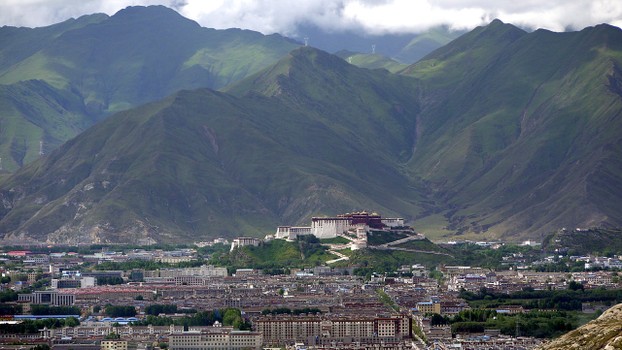
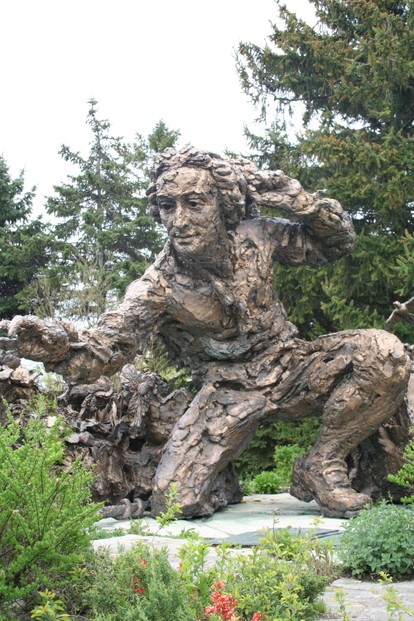

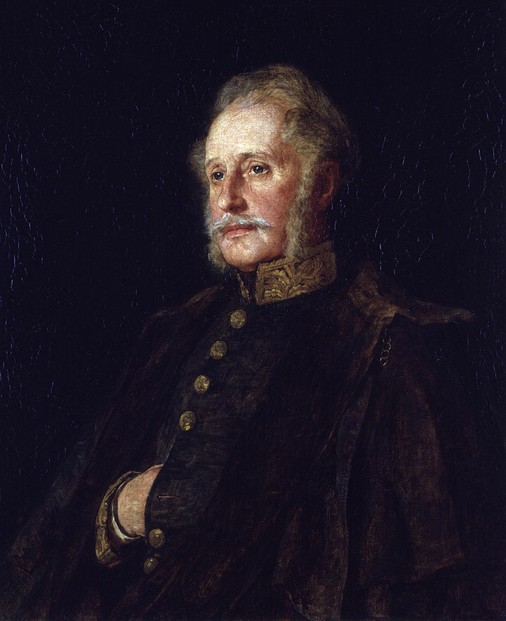
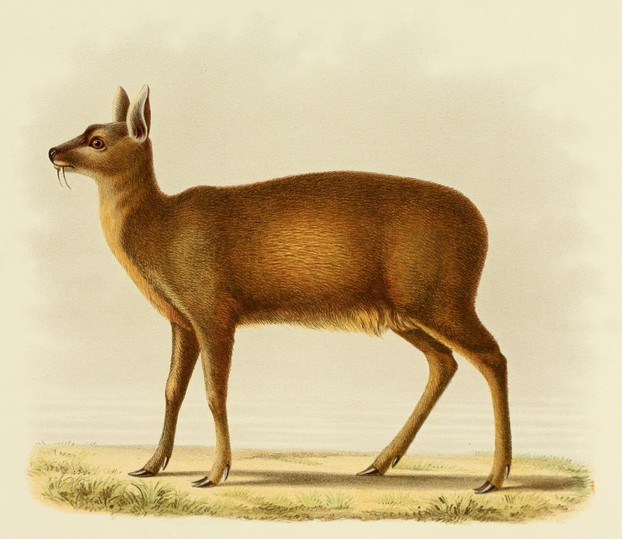
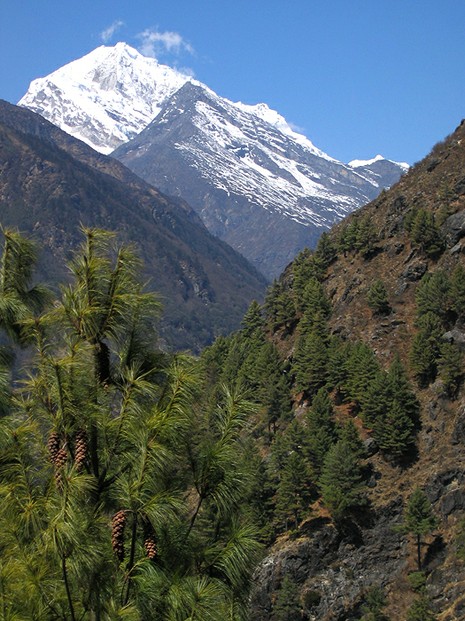
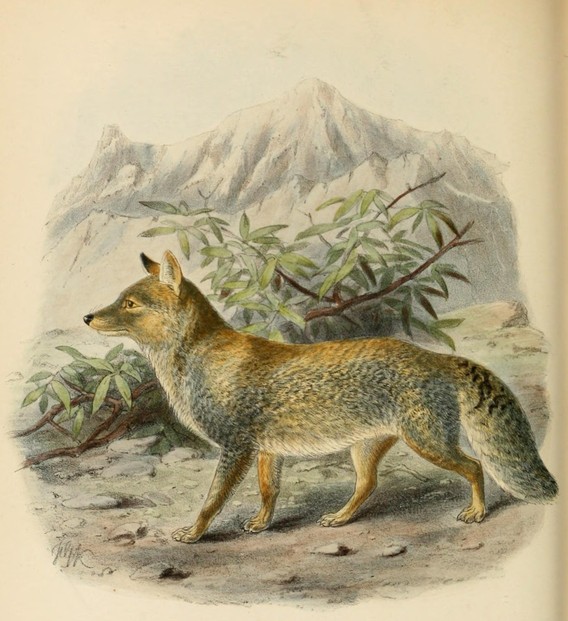
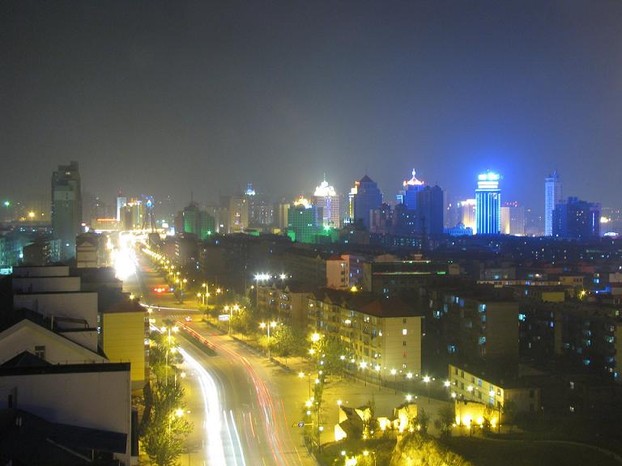
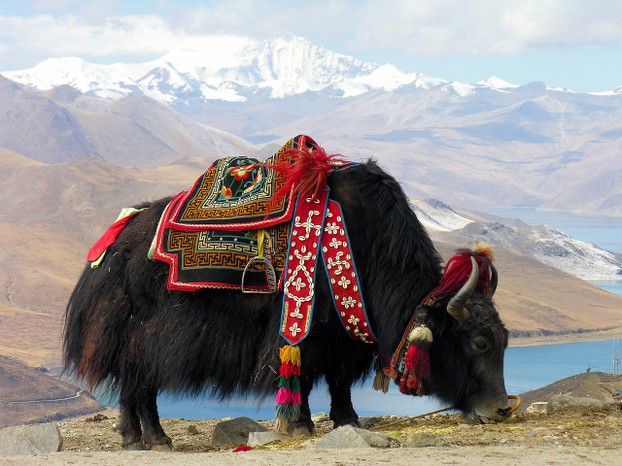
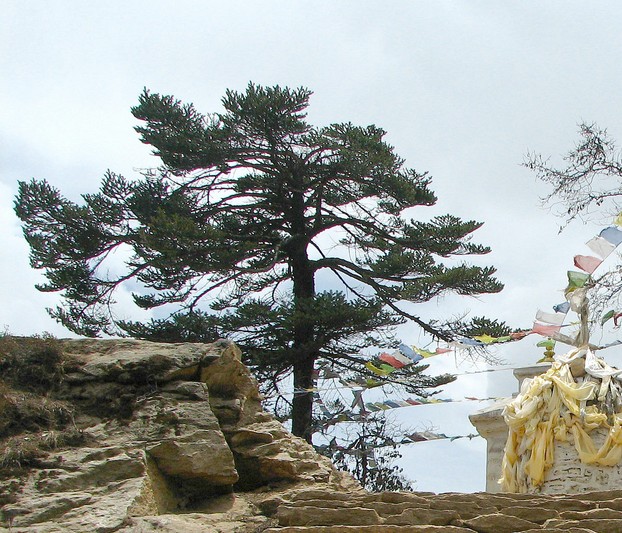
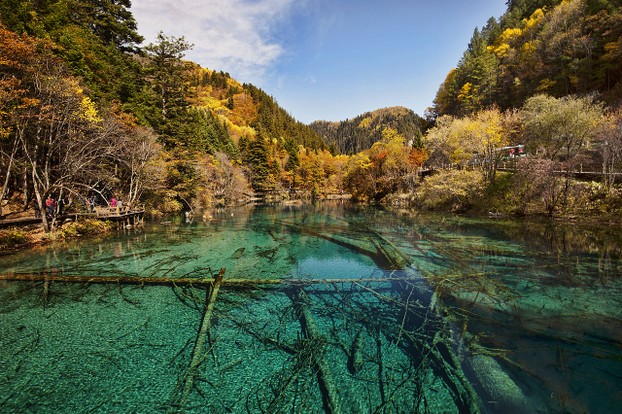
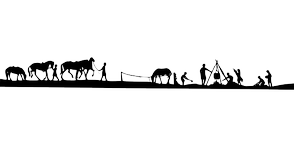

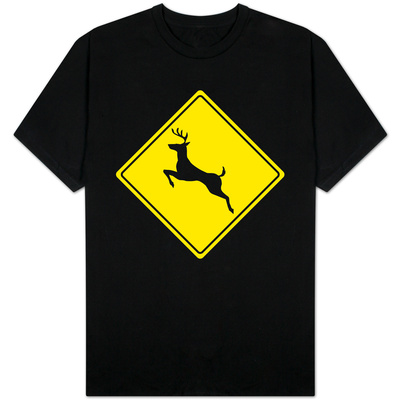
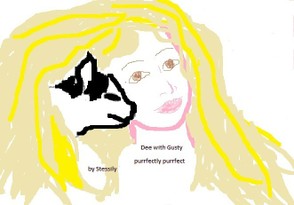
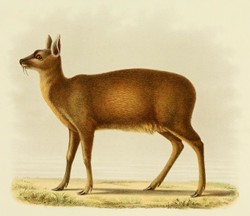

 Are Hawaiian Huakai Po Nightmarchers Avenging Halloween Thursday?on 10/02/2024
Are Hawaiian Huakai Po Nightmarchers Avenging Halloween Thursday?on 10/02/2024
 Mailing Addresses for 2023 Form 4868 Extending 1040 and 1040SR April 15, 2024, Due Dateon 04/15/2024
Mailing Addresses for 2023 Form 4868 Extending 1040 and 1040SR April 15, 2024, Due Dateon 04/15/2024
 Mailing Addresses for 2023 Forms 1040 and 1040SR Filed in 2024on 04/15/2024
Mailing Addresses for 2023 Forms 1040 and 1040SR Filed in 2024on 04/15/2024
 Mailing Addresses for 2022 Form 4868 Extending 1040 and 1040SR April 18, 2023, Due Dateon 04/13/2023
Mailing Addresses for 2022 Form 4868 Extending 1040 and 1040SR April 18, 2023, Due Dateon 04/13/2023

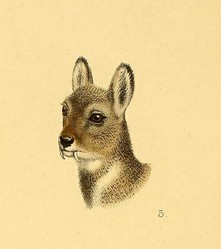
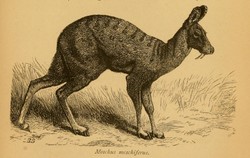
Comments